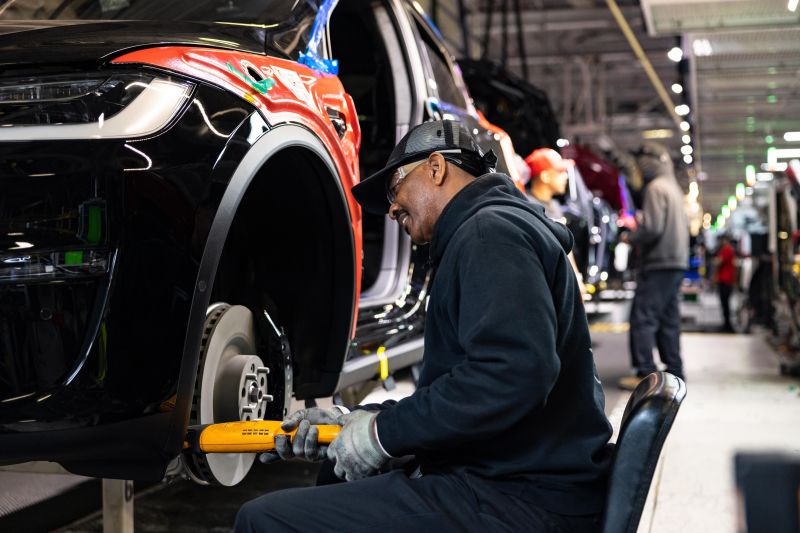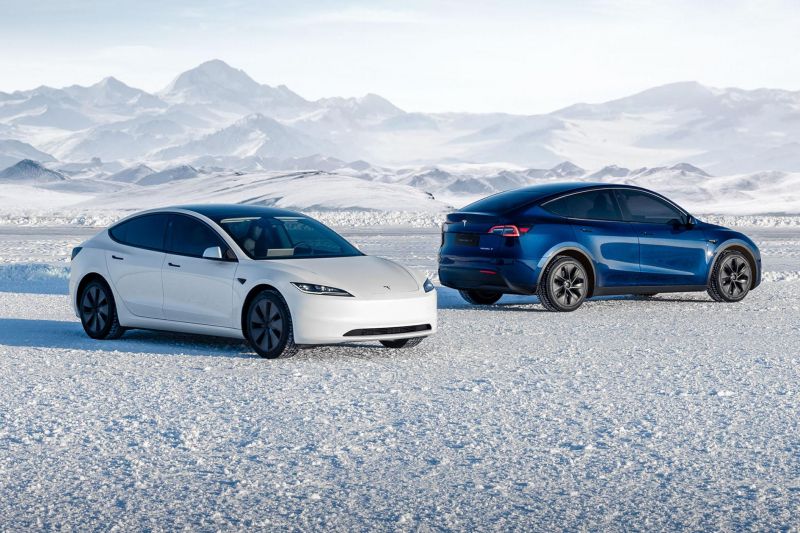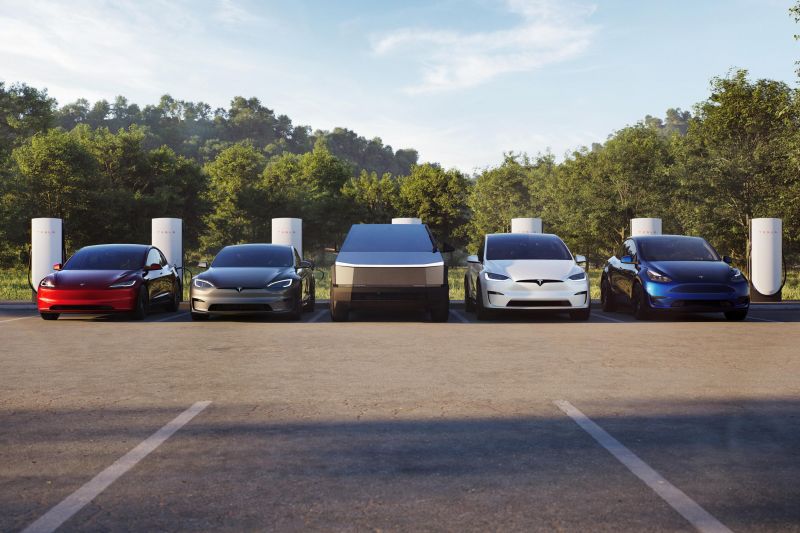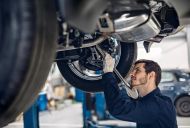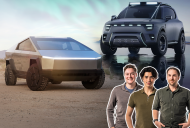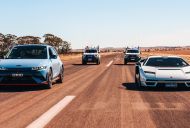Tesla will look to its existing parts bin and electric vehicle (EV) platforms in an effort to fast-track the introduction of its new-generation, cheaper models to as early as the end of 2024.
In its first-quarter investor presentation earlier today, Tesla CEO Elon Musk said the brand would use “aspects of the next-generation platform as well as aspects of our current platforms” in its new EVs.
The announcement comes less than a month after respected publication Reuters reported Tesla’s long-awaited US$25,000 small EV had been scrapped in favour of a robotaxi. Mr Musk responded at the time by saying “Reuters is lying” without detailing where the report had been inaccurate.
When addressing investors today, Mr Musk said the new vehicles could enter production as early as the end of 2024 – though such a timeline seems bold based on previous models such as the Cybertruck and Semi being delayed by years.
“We’ve updated our future vehicle lineup to accelerate the launch of new models ahead of previously mentioned start of production in the second half of 2025,” Mr Musk said.
“We expect it [start of production] to be more like early 2025, if not late this year.”
While various reputable outlets have previously speculated Tesla’s upcoming, more affordable models could be produced in Mexico and India, it’s understood that by leaning on the existing Model 3 and Model Y for parts, the new vehicles will likely be built on existing production lines.
Despite announcing its plans to launch the less expensive models sooner, Tesla wouldn’t expand on what we can expect from the vehicles.
Instead, Tesla expanded on what utilising existing parts and platforms will mean for its production plans.
“This update may result in achieving less cost reduction than previously expected but enables us to prudently grow our vehicle volumes in a more capex efficient manner during uncertain times,” the carmaker said in its presentation materials.
“This would help us fully utilise our current expected maximum capacity of close to three million vehicles, enabling more than 50 per cent growth over 2023 production before investing in new manufacturing lines.”
Last year, Tesla produced 1,845,985 vehicles worldwide, a new record for the brand and a 35 per cent increase on the year prior.
However, in the first quarter of 2024, Tesla reported 433,371 vehicles produced and just 386,810 sales, representing its lowest quarterly deliveries since 2022.
While Tesla’s robotaxi was previously reported to have been based on the same platform as the US$25,000 model, we’ll have to wait until August 8 when the autonomous vehicle is revealed to see if it shares any parts with the cheap car for private buyers.
As there’s no information on the new Tesla models, we can’t provide a timeline on when – or even if – they’ll come to Australia.
At present, Australia only receives the Model 3 and Model Y, both from Tesla’s Shanghai factory.
MORE: Tesla execs cast doubt on report of affordable EV’s cancellation
MORE: Tesla finally set to reveal robotaxi, claims Elon Musk
MORE: Tesla’s quarterly sales slump to lowest level since 2022, still beats BYD

